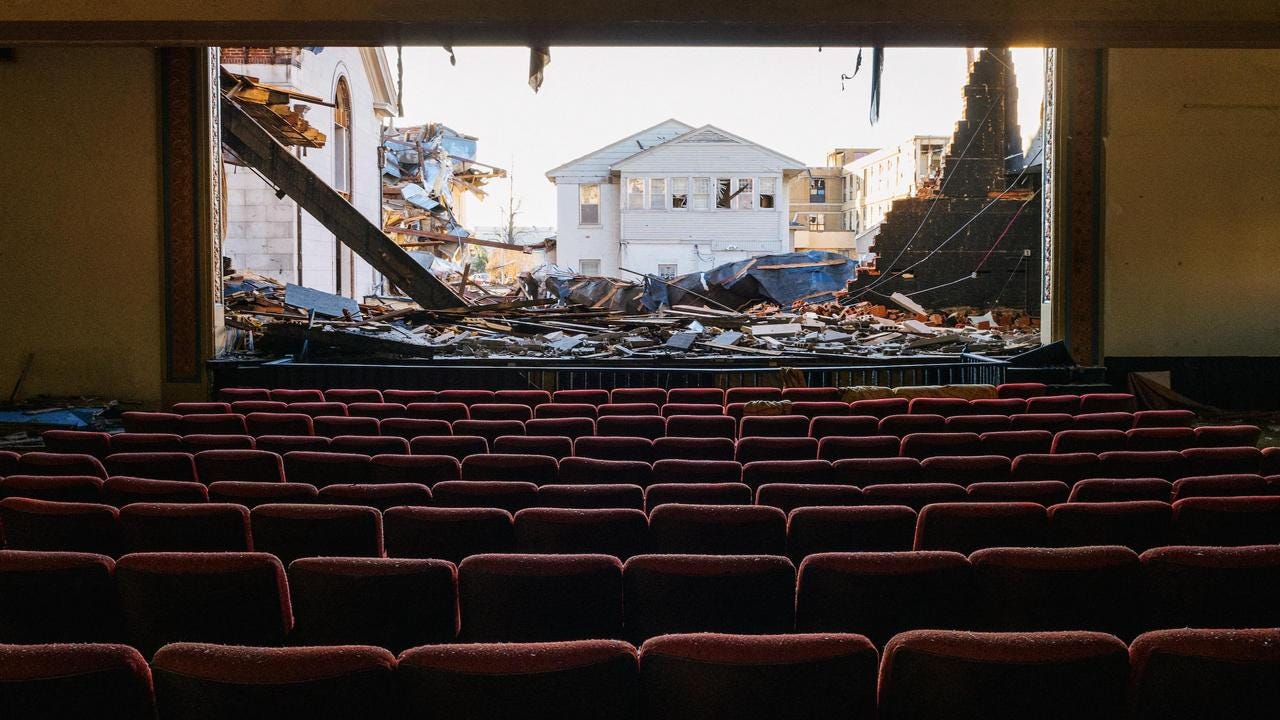Greetings. Yesterday’s column was rough for me. It’s hard to get my head around the reality that things may not actually be getting any better in 2023 for movie exhibition.
Once I get past the idea that there may be no turning back… even though it has absolutely NOTHING to do with the market or the desires of the many consumers who will pay an otherwise irreplaceable premium for an individual ticket for a theatrical movie experience… I have to push aside emotional and aesthetic arguments for a moment and start taking a serious look at the bottom line of where this could all be going.
I’m going to try to start with some simple math on the domestic theatrical front…
$11 billion was the pre-COVID domestic norm.
45% is roughly the average exhibition cut.
44,000 screens at 5,798 cinema sites
On a very broad basis, that m…
Keep reading with a 7-day free trial
Subscribe to The Hot Button by David Poland to keep reading this post and get 7 days of free access to the full post archives.




